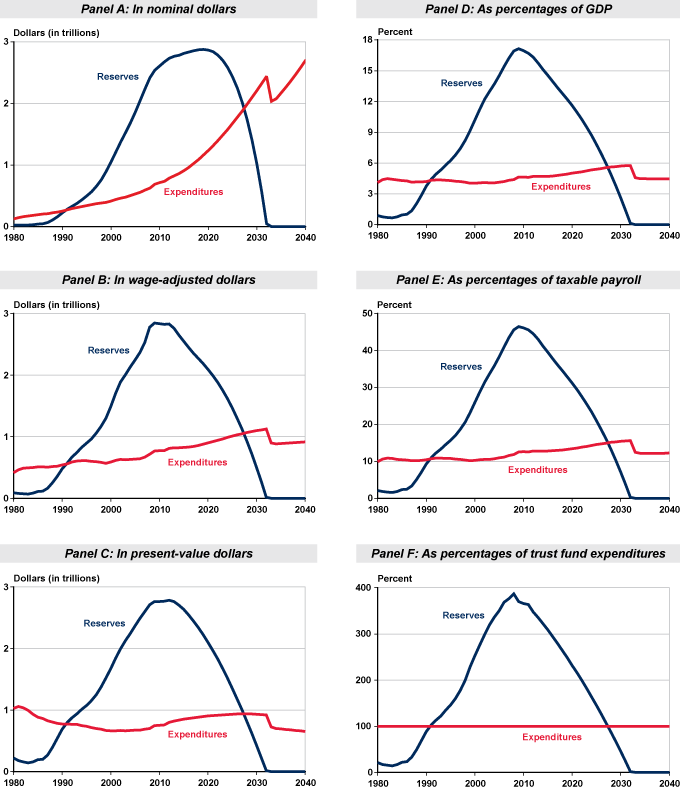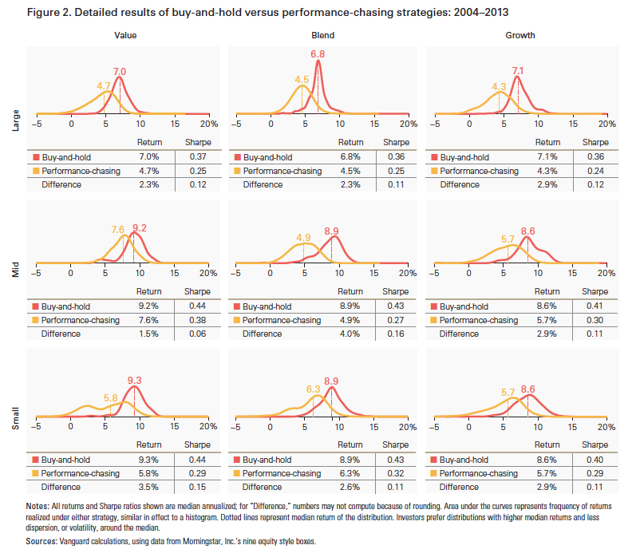How To Measure The True Cost Of Holding A Fund
Post on: 11 Октябрь, 2015 No Comment

How To Measure The True Cost Of Holding A Fund
The more closely one studies mutual funds, the more hidden costs one finds. Here’s a cogent explanation of how trading costs eat into a mutual fund’s returns. Note that while trading costs aren’t incorporated into a fund’s MER, they are accounted for in the fund’s published returns. Many thanks to FundLib’s devil’s advocate for this article. Bylo A few months back there was much discussion here about the true cost of investing in mutual funds. A lot of the debate centred on why it’s important to look more closely at a mutual fund’s Management Expense Ratio (MER) – and also why the MER doesn’t tell the whole story.
Rob Carrick picked up the topic in his Globe and Mail column, explaining then that the MER calculation excluded a number of expenses that unitholders unknowingly pay. These included various taxes (GST), interest expenses and brokerage costs. Since then the OSC has changed the rules for how funds must calculate their MERs. They must in future include all the fund’s costs, but commission charges are still excluded.
I’m here to update the topic and to give you a handy tool that will help measure the effect of transaction and market impact costs on your funds.
3 reasons you can’t ignore hidden trading costs
The people who devised the MER calculation conceived of it as a way for you to calculate the direct cost of investing in stocks and bonds via a fund rather than directly through a broker. They thought it unfair to include trading costs like brokerage commissions in the calculation since anyone investing has to pay these fees and they’re not a direct consequence of investing through mutual funds.
However, there are at least three reasons you cannot ignore these trading costs in a mutual fund:
1. If you were trading directly you might not trade in the same way as a fund manager and hence your costs might be lower or higher.
2. Brokerage commissions for individuals have fallen steeply with the advent of cheap online trading, but institutional commissions have not followed suit.
3. Trading costs have an impact on the fund’s performance and the eventual return you will receive.
How portfolio turnover helps you estimate hidden costs
Buying and selling investments can be expensive. And obviously, funds that trade more often will rack up higher brokerage bills than those that don’t. The level of trading activity in mutual funds is measured by portfolio turnover. Funds with high portfolio turnover rates will incur higher trading costs than those that trade less often.
The size of the fund’s trades will also have a bearing on its trading costs since brokerage commissions are typically lower for large volumes than smaller ones. So brokerage costs can be a major factor for a small fund that trades frequently and a relatively minor issue for a large fund that trades less often.
But brokerage charges are only one part of the cost of trading. The other aspect is something called market impact. Market impact cost describes the price differential that a mutual fund must incur to buy or sell its holdings in large volumes. Often the large size of a fund’s trade can literally move the market. If it is buying large volumes, it can push up the price of the investment; and if it’s selling, it can push down the price.
How large the market impact costs are will depend on the manager’s patience and the efficiency of the market the fund is trading in. Markets where there are many players ready to buy and sell large blocks of investments will have lower market impact costs.
In smaller, less efficient markets, particularly those in emerging markets, market impact can be much more of an issue. So market impact costs will be minor for relatively small funds trading in a large, well-organized markets and highest for large funds trading in less liquid markets.
Now, you will likely see the TSE bragging about having lower market impact than U.S. markets. This is a bit of a sham since the studies they quote only measure market impact for interlisted stocks, those listed both on Toronto and on either the NYSE or NADAQ. It’s important to remember that Toronto stocks trade in increments of 5 cents while on the American markets the increments are still measured in fractions — eighths, and sixteenths. Once the two American markets move to decimalization, as they plan to, the TSE will be the less efficient market.
A simple way to calculate the damage of trading costs
Given the variables outlined, it’s impossible to precisely measure a mutual fund’s transaction costs. However, various studies have shown that trading costs — made up of both commission and market impact — range from about 0.6% to 2% of an average transaction depending on the factors we’ve explained. Given these ranges, you can calculate a rough figure of the impact of transaction costs by using the funds portfolio turnover rate.

As I said, a fund’s portfolio turnover rate measures how often it buys and sells investments. In a fund with assets of $500 million, a turnover rate of 100% means the fund bought or sold investments worth twice as much as the fund itself e.g. it bought $500 million of investments and sold $500 million of investments, incurring fees and market impact costs on both purchase and sale. The turnover rate is reported in a fund’s simplified prospectus, or at least will be when the new prospectuses start coming out later in the year.
Knowing the portfolio turnover rate and using a conservative estimate of the transaction costs, you can use a simple calculation — stolen from fund legend John Bogle — to determine the potential drag that these costs are having on a fund.
You double the stated turnover rate . then multiply it by the estimated transaction cost . Finally, you calculate the result as a percentage of the fund’s assets .
For example: The average Canadian diversified equity fund has $200 million in assets and a portfolio turnover rate of 80%. That means transaction costs, using a conservative transaction cost estimate of 0.6%, cause a drag on return of about 1.08%. This by itself is a substantial burden.
But it’s worse when you add in the 2.3% average MER for the same funds. That means fund managers of Canadian stock funds face a return handicap before they start of almost 3.4%.
This might explain why for the 10-year period to the beginning of 2000, the average Canadian diversified equity fund under performed the TSE 300 index by 1.2%. The average fund earned a 10-year compound average annual return of 9.4% while the index returned 10.6%. So a $10,000 investment in the index left you with $2,830.55 more than the average fund, before accounting for possible sales loads.
Averages, though, are of little use to you when choosing a mutual fund. Vast differences exist between funds in a category. You must pay close attention to the combined MER and potential trading costs of the individual funds you are considering. You cannot look at either the MER or trading costs in isolation. A fund with a higher MER may indeed face lower costs if its portfolio turnover rate is lower, and vice versa.
A simple solution, of course, is to invest in index funds.
How To Measure The True Cost Of Holding A Fund [original FundLib thread]














